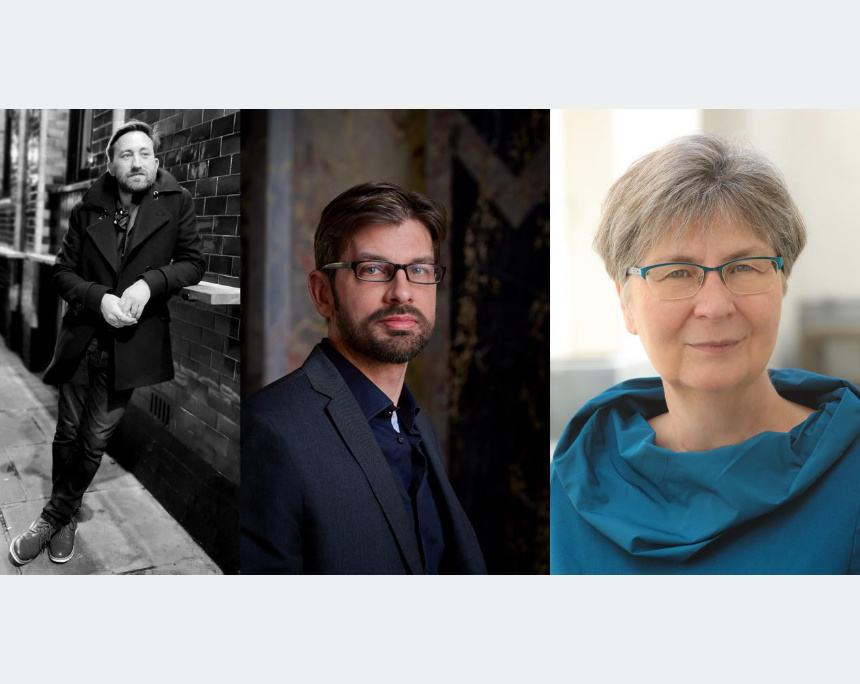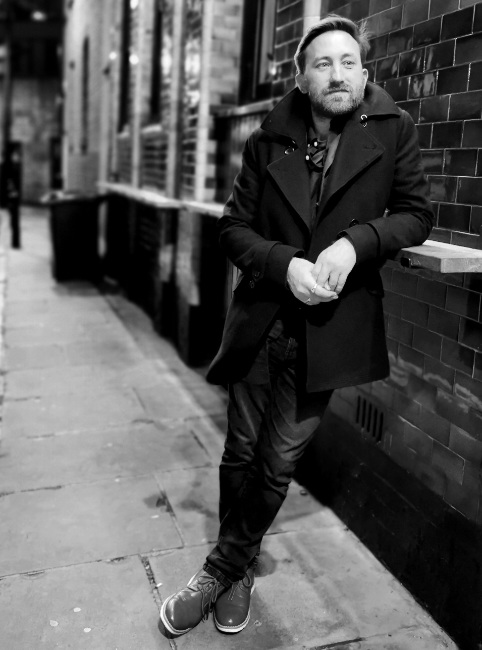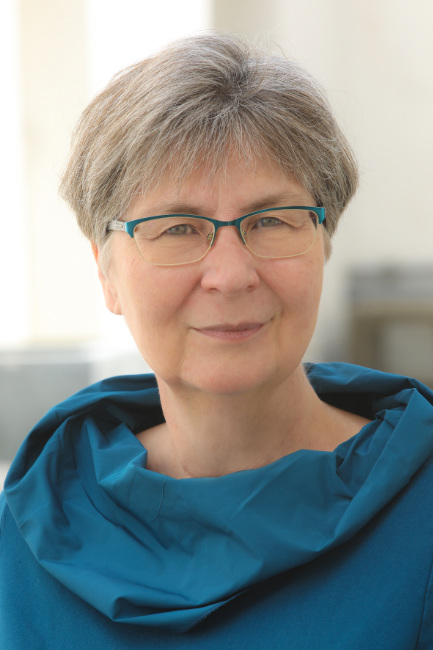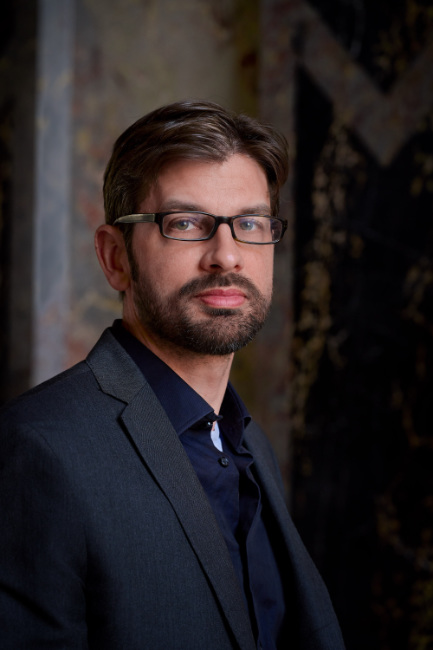Museums, the Coin Market, and the Public – Insights Into a Fruitful Cooperation
We at CoinsWeekly are convinced that the numismatic world can only benefit from collaboration. When the organisers of the Evento Numismático in Madrid asked us whether we would be willing to organise part of the conference for the first edition of this event, we immediately said yes. We were able to bring on board two distinguished scholars from prestigious institutions as speakers. In addition, experts from various numismatic fields have agreed to take part in a round table. It is our pleasure to present the programme of the event.
Content
The Programme
Friday, 28 June 2024, 2:30 pm – 5:30 pm
2:30 – 3:00 pm – Dr. Ursula Kampmann, How the Coin Trade Started: A Glance Into a Past When Scholars Dealt in Coins
3:00 – 3:30 pm – Priv.-Doz. Dr. Klaus Vondrovec, A Centennial Opportunity: the Acquisition of the Lindpaintner Collection
3:30 – 4:00 pm – Dr. Andrew Brown, Votis XXV mvltis XXX: The Changing Face of Roman Coinage in Britain
4:00 – 4:30 pm – Q&A session with all three speakers
4:45 – 5:30 pm – How to Improve the Interaction Between the Public, the Coin Market, and Museums
Participants: Andrew Brown, Ursula Kampmann, Daniel Sedwick, Klaus Vondrovec and others
The Speakers
Andrew Brown is the National Finds Adviser for Iron Age & Roman Coins with the British Museum’s Portable Antiquities Scheme (PAS). He specialises in the study and interpretation of numismatic finds in Britain, providing curatorial support and training to the work of the PAS. Andrew joined the British Museum in 2016 and comes from an archaeological background holding a PhD in Archaeology from the University of Bristol. His research interests cover Britain, Albania, Greece, Turkey, and the Mediterranean region, and he has published on the numismatics and archaeology of these regions, including 50 Finds of Roman Coinage from the Portable Antiquities Scheme (2021) and Tetrarchic Coinage in Roman Britain (2024). He compiles the ancient coinage for the British Numismatic Journal’s annual ‘Coin Register’ and is the Honorary Secretary of the Royal Numismatic Society.
Ursula Kampmann is a qualified numismatist. After 10 years working for international coin auction houses, she decided to focus on the interface between the collecting world and the academic community, building bridges between the various players in numismatics: mints, coin dealers, museums, collectors, scholars and suppliers. With this goal in mind, she founded her “Numismatic Press Service”, recently renamed FAMA Ltd. Ursula Kampmann is also the founder of MünzenWoche / CoinsWeekly, an international online magazine about numismatics with readers in more than 190 countries. Her latest project, Cosmos of Collectibles, is currently being developed into a catalogue of coins from all ages and regions.
Dr Ursula Kampmann is known for keeping an eye on all numismatic objects – no matter what country they come from, no matter whether they are ancient or contemporary.
Klaus Vondrovec studied Classical Archaeology and Numismatics. He completed his doctorate in 2006 and his habilitation in numismatics and monetary history in 2016. In 2008 he became curator of ancient coins at the Coin Cabinet of the KHM Museumsverband in Vienna and has since curated several exhibitions.
His research focuses mainly on Roman coin finds and monetary circulation in Austria, the coinage of the so-called Iranian Huns and their successors in Central Asia as well as late Roman coinage and typology.
It is important to him not only to impart specialist knowledge, but also to convey a broad understanding of museum tasks, as evidenced by over 100 public lectures. This includes digital cataloguing as well as constant expansion of the collection.
Klaus Vondrovec became Director of the Vienna Coin Cabinet in 2021.











